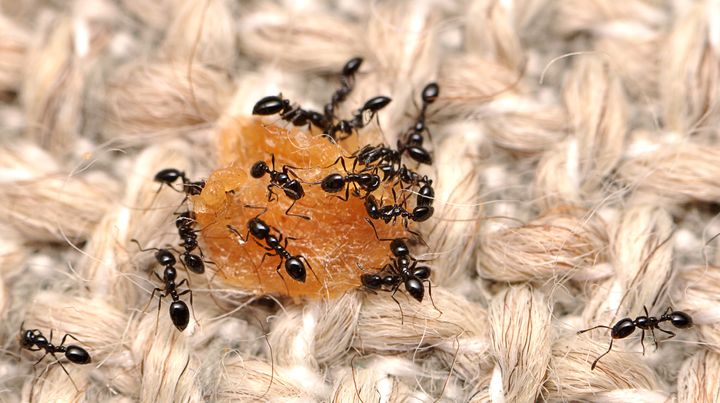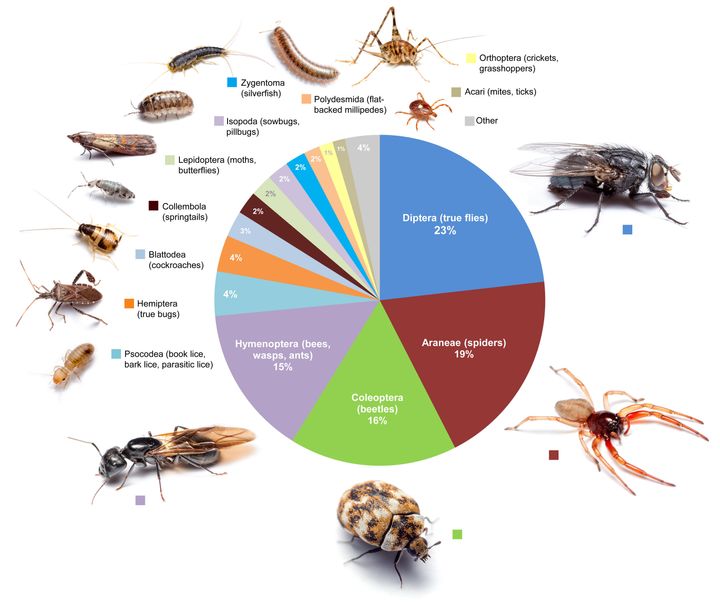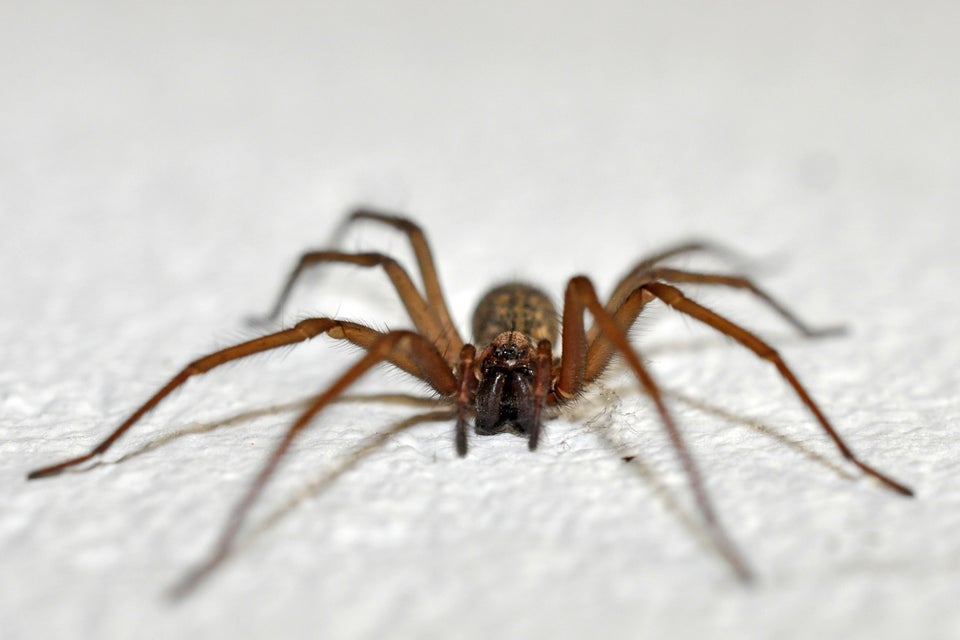
Right now, your home just may be teeming with any of more than 500 different kinds of insects, spiders, mites, centipedes and other creepy crawlies.
That's according to a study published Tuesday in the journal PeerJ. In the study, researchers discovered a high diversity of small invertebrate animals called arthropods in several Raleigh, North Carolina, households -- and they say it's very likely that similar results would be found in houses across the country.
The researchers are already spreading their massive bug hunt to other cities around the world, such as San Francisco and large towns in Peru and Sweden, Dr. Michelle Trautwein, an entomologist at the California Academy of Sciences and a co-author of the study, told The Huffington Post.
"There will certainly be variation in houses in different geographic areas, but you can be sure they all have arthropods," she said. "Even as entomologists we were surprised to find so much diversity indoors. We were also surprised by how few pest species we encountered. Most of the bugs in our houses are quiet, harmless roommates."
The researchers surveyed 50 homes from May to October in 2012 and collected all of the arthropods that they could find, dead or alive. Each house averaged around 100 species, Scientific American reported, the most common being ants, carpet beetles, cellar spiders and cobweb spiders.

"Nobody had done an exhaustive inventory like this one, and we found that our homes host far more biodiversity than most people would expect," Dr. Matt Bertone, an entomologist at North Carolina State University and lead author of the study, said in a statement.
"While we collected a remarkable diversity of these creatures, we don’t want people to get the impression that all of these species are actually living in everyone’s homes," he added. "Many of the arthropods we found had clearly wandered in from outdoors, been brought in on cut flowers or were otherwise accidentally introduced. Because they’re not equipped to live in our homes, they usually die pretty quickly."
Other scientists praised the research for providing a first-of-its-kind inventory.
"Urban ecology has been very neglected but we are beginning to see that species diversity in our cities is quite high and also very important," Dr. Michael McKinney, a professor of earth sciences at the University of Tennessee who was not involved in the study, told Smithsonian magazine. "I think this paper is very significant -- indeed, I would say cutting edge -- and I hope it stimulates much further research in this area."
A next step for the research might be to explore how these common arthropod species affect our health and household ecosystems, according to the researchers.
"This study creates a baseline to begin to build on our understanding of how the diversity of arthropods in our homes affect our lives," Trautwein said. "For example, we are just beginning to learn more about the diversity of bacteria in our houses and how it affects our health. Certainly, the bugs in our houses contribute and facilitate the movement of many of the microbes in our daily lives in ways that we don't yet understand."
Previously on HuffPost: The Microbes Living In Your Home Say A Lot About You

